Archive for category DP⓪
Hello.
I have recently discovered something by accident I was looking for intentionally for quite some time. It was an already existing, fully fleshed-out numerical notation system. There it is right on wiki. Just not in the place I was looking of course.
This is fine. It just means that what I’m doing is amending this system. Since it goes by “Integer Notation”, where any note could be 0, I’m now calling my system Fixed Integer Notation. Or, since it fixes A=0, AFIN.
I’m also going to use unicode circled letters to make the numbers occupy the same amount of space:
⓪①②③④⑤⑥⑦⑧⑨⑩⑪
Could also be written to match the piano keys:
⓪❶②③❹⑤❻⑦⑧❾⑩⓫
…but that’s a bit much, don’t you think? What do you think? I’m pretty sure anyone who read any of these previous posts already knows about about Integer Notation and regards me as someone so stupid as not even worth correcting. This is also fine. There’s still some applications the original doesn’t seem to address that I intend to get to next. So…next time.
Music Might Require Some Math
In my most recent and more catchily-entitled post on numerical notation, I made the earth-shattering claim that a thing is not another thing. Now, let’s take things a step forward into what should be even more obvious territory, but remember, this is for musicians who are often really, really dumb. I believe—I must believe—that we, as a people, can become less dumb. Has traditional music notation made us dumb? Maybe?
Since starting this project, I’ve actually gained respect for traditional notation. It does have its own internal logic and it’s not that I’ve hated it all this time, I just wish I was better with it. It’s very much like religion. If you can come to accept a few made-up things out of nowhere as unshakeable facts, you can build a whole system around that which makes a kind of sense. If the alternative is total chaos, why not go with something that works. Make it a tradition, and after a few hundred years, no one even knows how to question it. It’s just the way things are.
Except…that is dumb. And just as it’s important to question established intuitions and practices, it’s important to question yourself; your blog postings. Where are they going? Wasn’t this sort of sprawling nonsense supposed to be avoided? Was it? Is it nonsense? I think it’s getting there. Almost there. OK then.
It’s more like “Music Works Better With Math” or “Music Is Easier with Math” but neither of these is good a title. It’s just not believable and it doesn’t give me room for an introductory segue that isn’t trying to convince you that math is fun. It is not.
“Music Might Require Math” is literally true in regards to soundwave frequencies, no matter what notation system you use, especially when you record. I’m gonna try to build on that basic truth, even tho for the playing musician, it’s more something that’s good to know than necessary. Like learning word origins isn’t necessary to communicate in a language, or learning programming isn’t necessary to write a blog. Here’s a video to break things up:
(Incidentally I use basic knowledge of ratios and html to alter the embed code to fit on the page better. It is not important for you to know this, but it is something that is possible to do.)
I recommend the books Understanding Records, How Music Works, and the lecture series How Music and Mathematics Relate from The Great Courses. (Wait for it to be on sale maybe. You can get the d/l cheaper.)
But I have a more practical application that only involves simple addition and subtraction. During the process of explaining the system, I’ve found out it is not that unique (or popular). This would be a good point for a normal person to stop spending time on an idea that basically already exists and that hardly anyone uses. So I put even more time into it because I felt there was still something else to it. There is another idea here.
It involves using the 7-string as the basic teaching instrument. (They are quite affordable now. ESP makes a decent one.)
Now, there’s two types of people that learn music, and this can appeal to both. There’s the analytical person and they tend to start learning on the piano and they can just learn the Circle of Fifths and all that and it just makes sense, they just internalize it, they are probably good at higher maths, in fact they probably just got into music (through parental pressure or not) as a kind of mind hack or way to be more well-rounded or interesting before they enter the relatively boring but highly-paid “real job” field. And then there’s the intuitive people, who pick whatever instrument seems cool to them and have to learn the rules (if they bother) through brute force repetition.
I don’t know if I need to tell you but I am the second kind. I spent most of my time learning music on the alto sax, which is in the key of E♭. I also played clarinet and soprano sax at some point which are in B♭. Altho I can tell you this, the entire time I played those instruments I would have a really hard time telling what concert note I was playing at any given time. I just took the whole transposition thing on faith. Really only figured out this easy way recently.
The alto sax sounds a major sixth lower than written (which I have to look up every time). In traditional notation, it’s an important distinction that it is transposing to a lower note. But if we throw out octaves, the difference is three units of measure (half-steps) higher:
written notes:
C D E F G A B C
3 5 7 8 10 0 2 3
sounded notes:
E♭ F G A♭ B♭ C D E♭
6 8 10 11 1 3 5 6
…and you just know it is the lower octave because it sounds lower. You could subtract the major sixth (9 units) with the same result of course. But I would leave that to the analytical people. I hope that this could possibly make music more of a creative option for them rather than a skill to master. Nobody learns Latin so they write poems in Latin, right? I’ve compared music to language, but really it’s a language that you can only write poems in. Using letters is a kind of pretension. It’s not a real language that conveys complex thoughts and facts. This is something that can be put onto the music (as lyrics, or titles), but it’s not really there in the notes themselves. Most of these people just learn the music of others, like you’d memorize a poem in a target language. But what if music is more like your native language of math?
The intuitive people have to be skeptical at this point and have probably not even gotten this far but now that the poseurs are gone, I can tell you The Real Shit.
Why a 7-string guitar?
Because when you tune it to major 3rds, the top strings are 2 octaves apart, just like a standard tuned guitar, but all the strings are an even interval apart. (Actually I first used this tuning on a 4-string bass. The important thing is to break the idea of sharps and flats inherent in learning on a keyboard, but it’s a lot easier to play chords on guitar. And maybe it makes people mad? Some people are still mad at the 7-string. It’s not so much a gimmick, but it gets their attention.)
Ok, here’s the tuning for the 7-string, right:
4 8 0 4 8 0 4
I came up with this at first just so I had at least a pair of zeros. Tuning the bottom string to A (from B) is not that low a tuning, but going by thirds, the top strings are way too floppy. Tuning the B string to F (in either direction) is obviously not an option. So I tuned the first two strings up, left the A string and tuned the rest down. (I’d like to maybe get custom strings for this at point, but it works well enough with the stock strings.) C#/D♭ (4) is not really the ideal lowest note. Would be better to go to C, yeah? Except it feels kinda right to me. So I get analytical on it. Turns out that Concert 4 is the lowest note on the alto, which I still think of as B♭. It’s just the way it worked out. But if you wanna get weird about it, it’s an option. Also the lowest note on the soprano is A♭/G# (11). Not planned, but maybe it’s subconscious. Personally I believe in coincidence and don’t trust anyone who doesn’t. But weird things happen. %
Music is Not Math
It’s this thing again.
You may be new. I’ve got this idea I’ve been working on a while. It’s supposed to make writing music more simple, so instead of expanding the idea with each post, I’m gonna recap the whole thing each time I come up with a better way to put it out there. Here goes:
Music is a language. It express pure emotion more than ideas. (Lyrics are not music, put that aside.) If you think of language as math, you are already likely a poor communicator, so for music it would be even worse. So, do not be confused by the use of numbers. Yeah, a computer program can write a song, who cares, not about that either. If you write a song in the traditional manner well enough, a computer program can also play it back it you, a fully programed feeling, if you like. Not so with this method. A computer could almost never get an accurate reading of a song written in this manner. (It would have to be a really terrible song.)
Let’s try it with one of the most terrible songs of all time, “Happy Birthday”. I hate it, but everyone knows it and it’s recently become public domain, so it’s perfect for this demo:
5 | 5 | 7 | 5 | 10 | 8
Hap- py Birth- day to you5 | 5 | 7 | 5 | 0 | 10
Hap- py Birth- day to you5 | 5 | 5 | 2 | 10 | 8 | 7
Hap- py Birth- day dear who zit3 | 3 | 2 | 10 | 0 | 10
Hap- py Birth- day to you
Now before you start worrying about the proper hyphenation of “Happy”, check out the third line. “Birth” is a higher note, isn’t it? It is, exactly an octave higher. You might want to mark that in some way. But you don’t have to.
If you want to get mathematical, which you might for a sound art installation or figuring out how to fix the acoustics of a room. That would involve real math involving putting notes into numbers and there is already a system for that, each key on a piano, for example, has it’s own soundwave frequency number. Musicians usually only think of the number they tune to, which is usually A440. But here are all the A’s on a grand piano:
3520 Hz
1760 Hz
880 Hz
440 Hz
220 Hz
110 Hz
55 Hz
27.5 Hz
This is quite nice and neat compared to pretty much every other note, which have a lot of decimals. (Only exception: C7/Double high C @ 2093.00hz.)
So what.
- no octaves, melody can be played by any instrument or singer
- no sharps and flats, every key equally easy to write in
- promotes wide interpretation/adjustment of the melody
Back later with how this makes transposition much easier, which I screwed up before. Check out all the posts but it’s a work in progress. Dankon.
%
A New Kind of Numerical Notation
Important development in the comments section of the last post of the Numerical Notation category. In fact it was the not only the most recent post, but the final post before changing the name of the category, which is now: A0̸
I’ve tried to make it look nice and unambiguous, but it can be commonly known as “A0 Notation”, pronounced “A-Zero” or if you prefer, “A-Oh”.
As suspected, there is already an almost identical system. It is called Integer Notation. Very easy to search for if you know what it is called, and also supposedly easy to find if you’re stumbling around music theory wikis so that’s slightly embarrassing. It is also used in the John Woo film Hard Boiled which is even more annoying to me because I have to admit I hadn’t seen it before a few days ago:
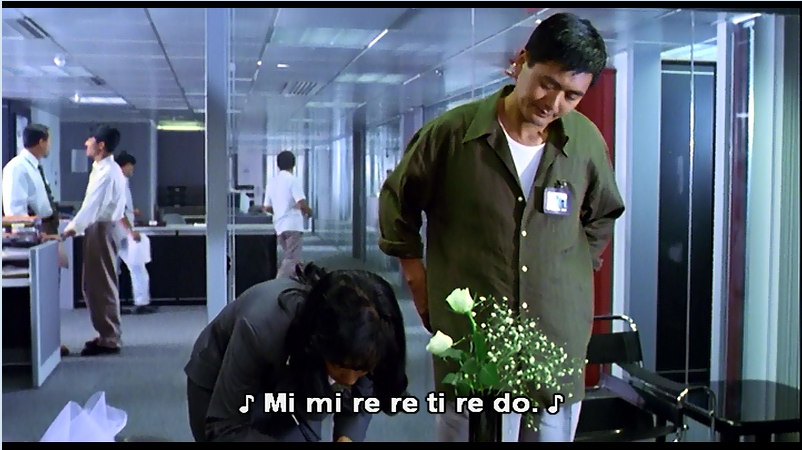
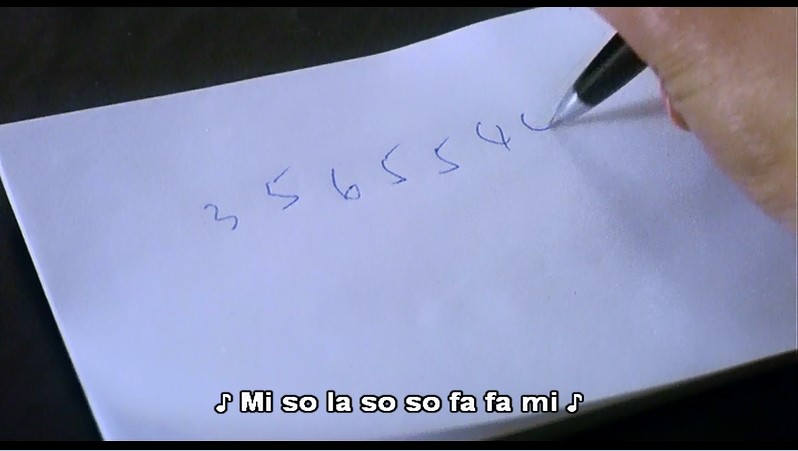
I first figured this was something unrelated made up for the movie, a trivial point. But no, it’s really standard Integer Notation. [Ed: Not quite, there’s no zero. It’s using the numbers 1-7 for the diatonic scale, regardless of key.]* The above is the melody line for Lionel Ritchie’s Hello, written in C:
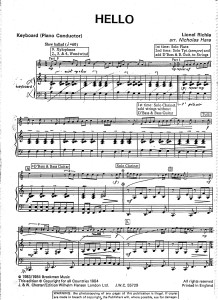
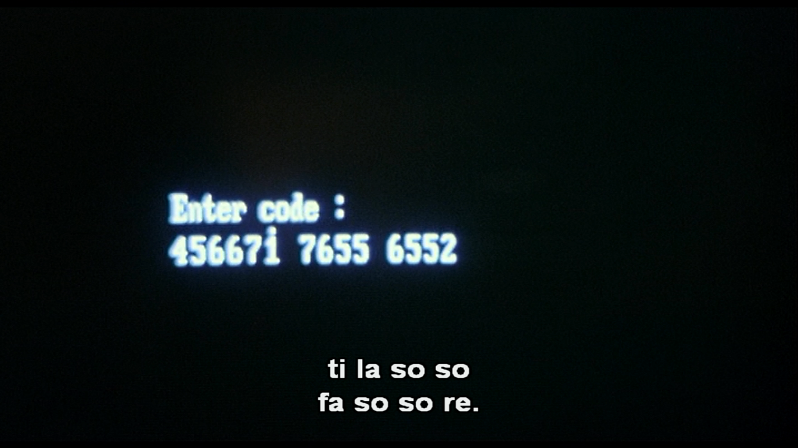
F=1 here. And they’re also using the “movable do” Solfege system. So I don’t have to point out that this form of numerical notation is just a form of that which is easier to input into a DOS computer from the 80s, but I will. Done.
So whadda I got? Mine would be a “fixed do” system where A=0, but it’s 12-tone so forget about the “do” thing. Remember the the charts I made for the saxes in different keys? Probably not but forget those too, gotta make new ones. That system just makes it easier to sight-read staff notation—once you learn the fingerings for one sax, you can play any (theoretically) just pick up any sax and start sight-reading that part, and you just have to not think about how the notes coming out of the horn are totally different. I don’t think my system can replace lettered notation or staff notation entirely but I think it could in a lot of situations, especially learning where you should be internalizing the names of the concert pitch notes regardless of your instrument of choice.
So I’ll just be making some new charts then. %
*Altho it could be considered a ~type~ of "Integer Notation", what's used is the movie actually might be unrelated and just made up for the movie and therefore, in fact, trivial. But it's still a fun example of alternate notation.

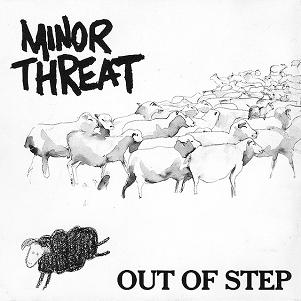
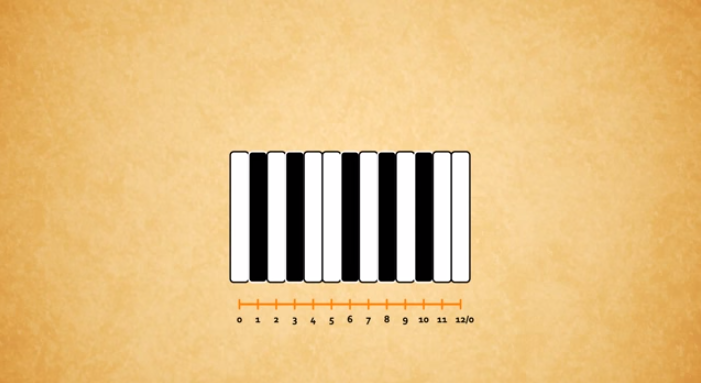




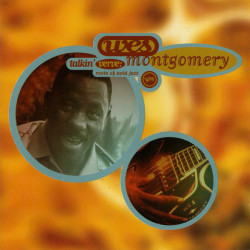
Recent Comments